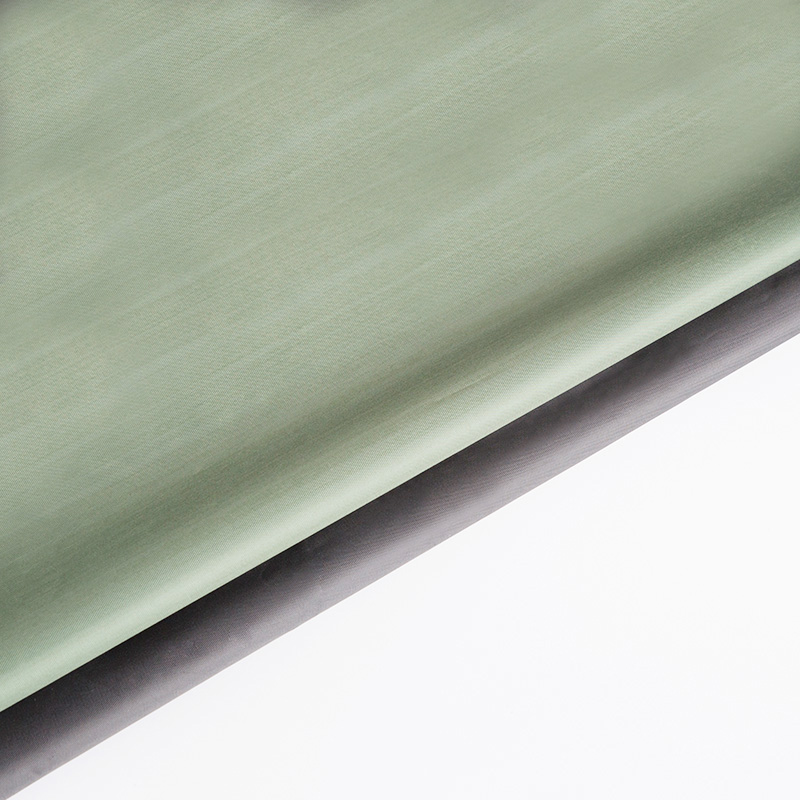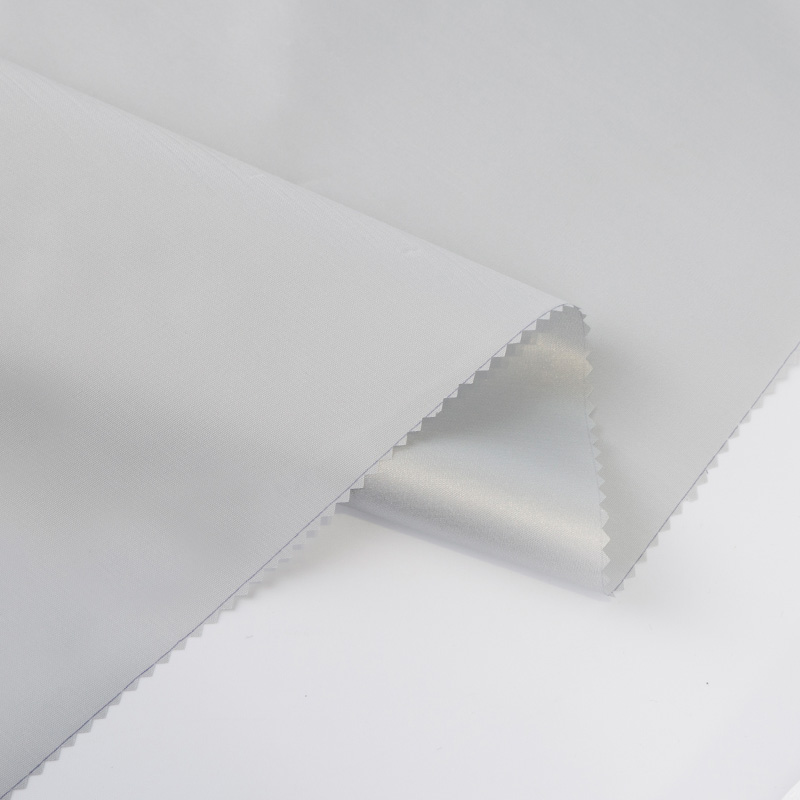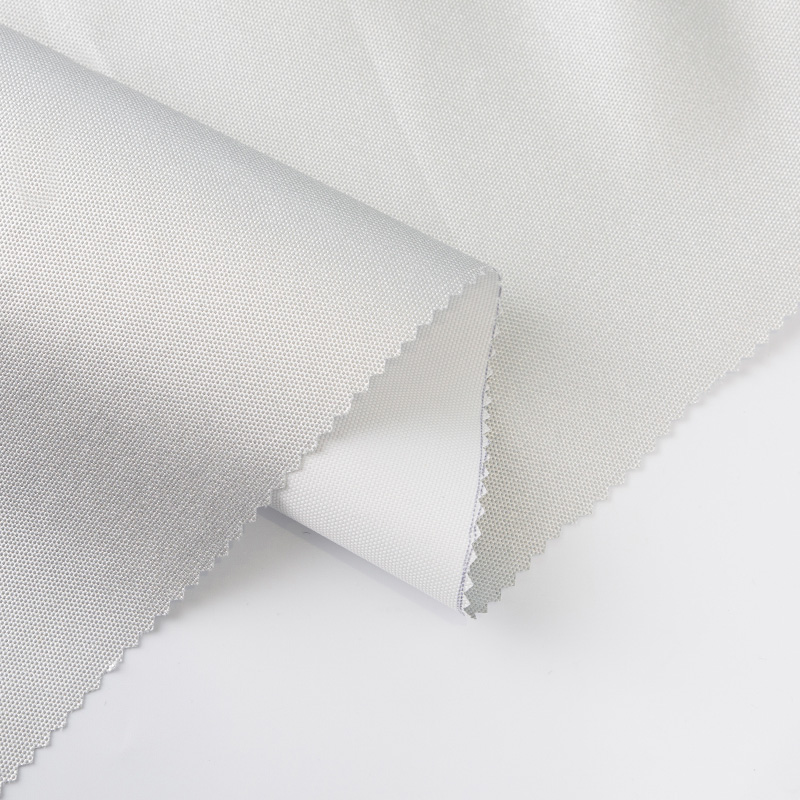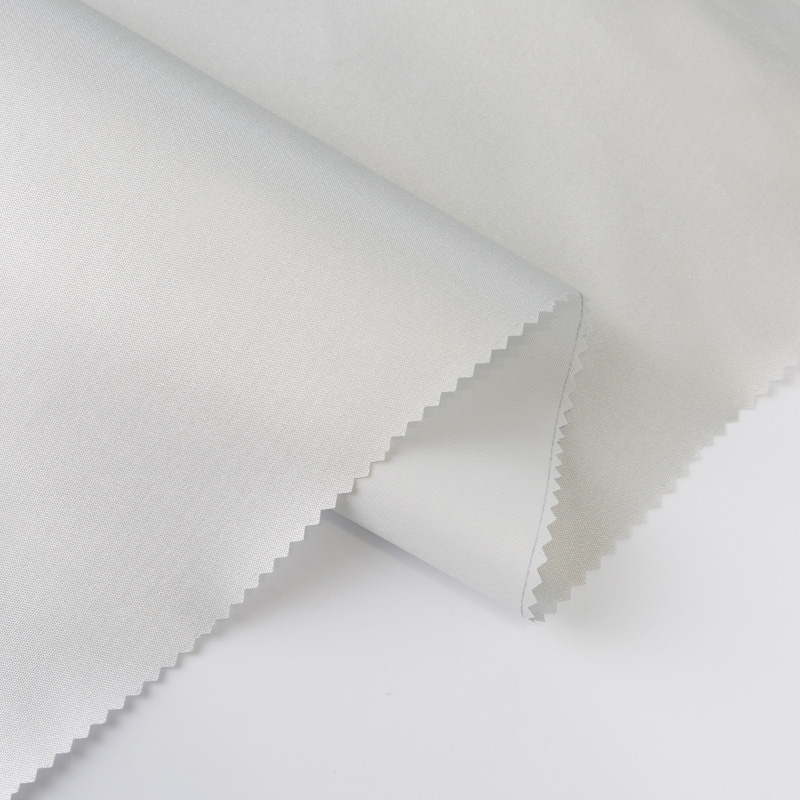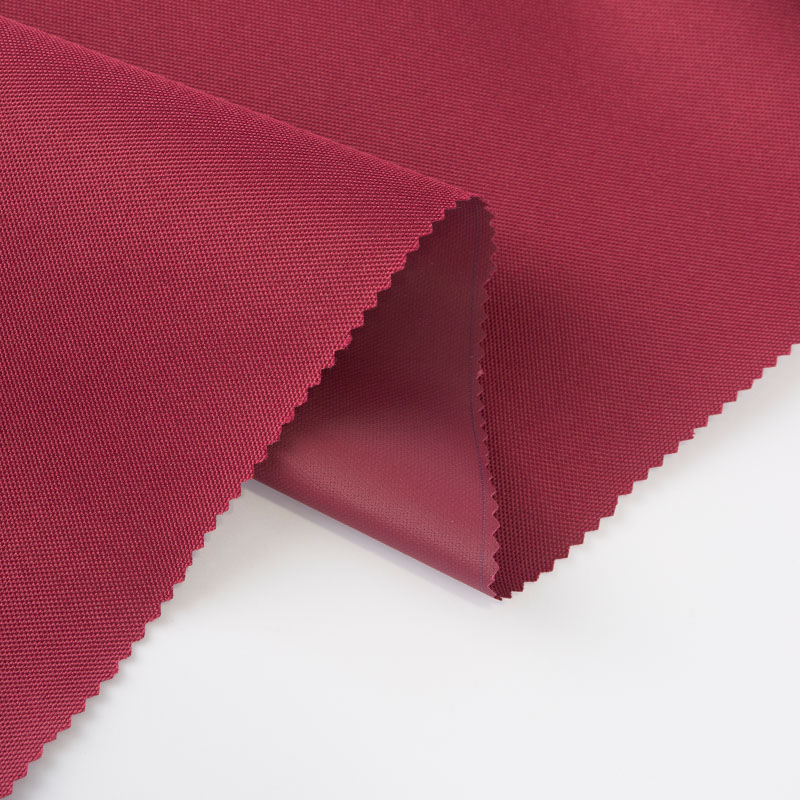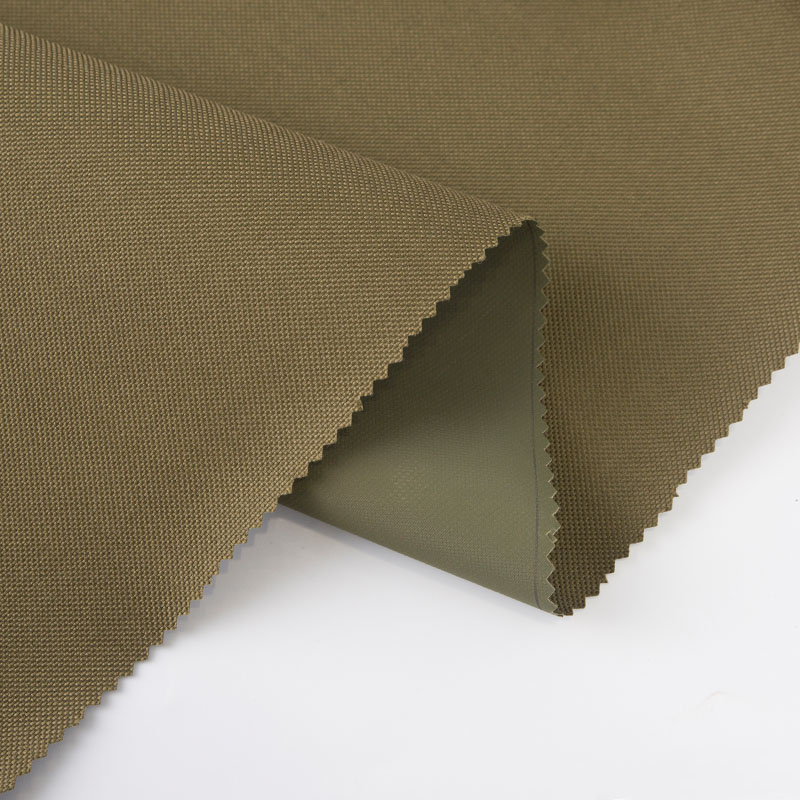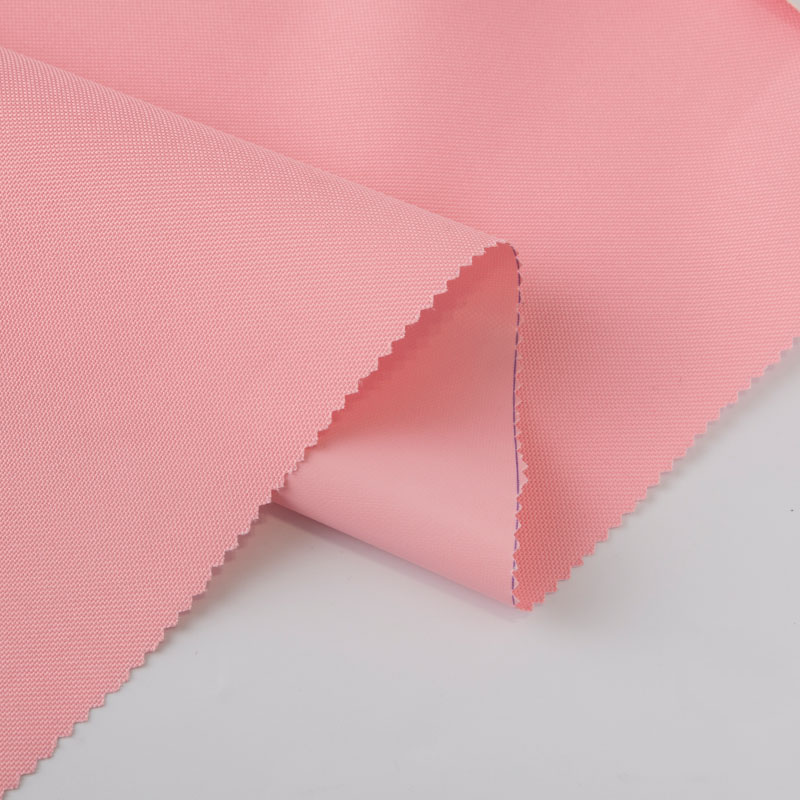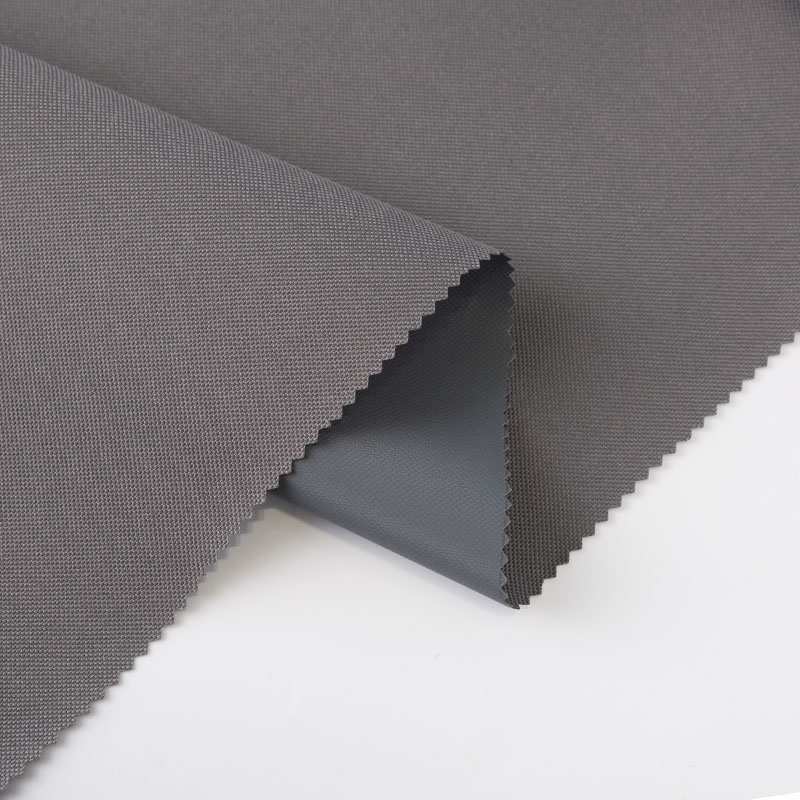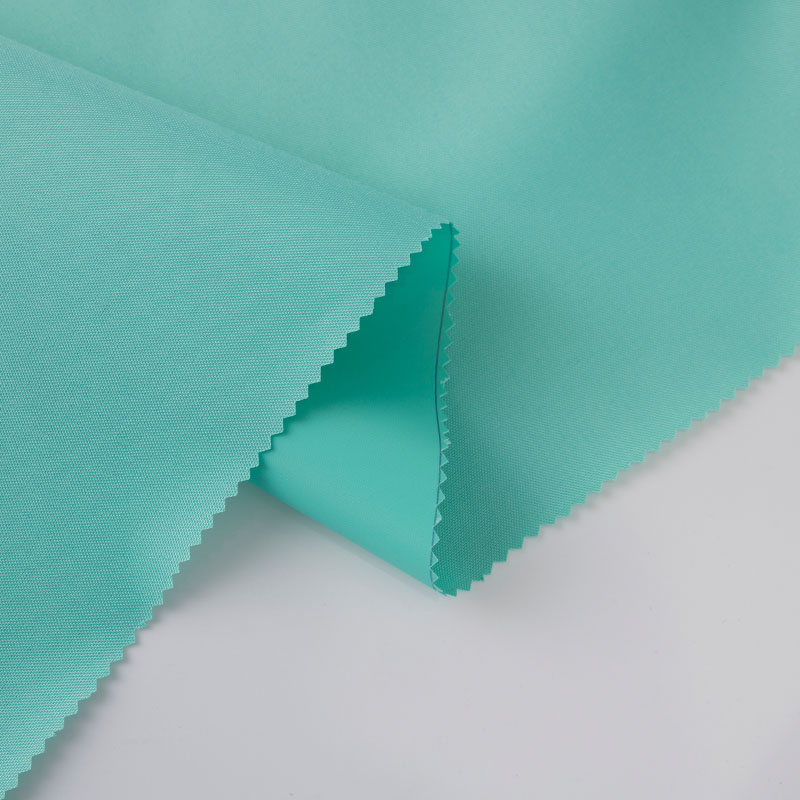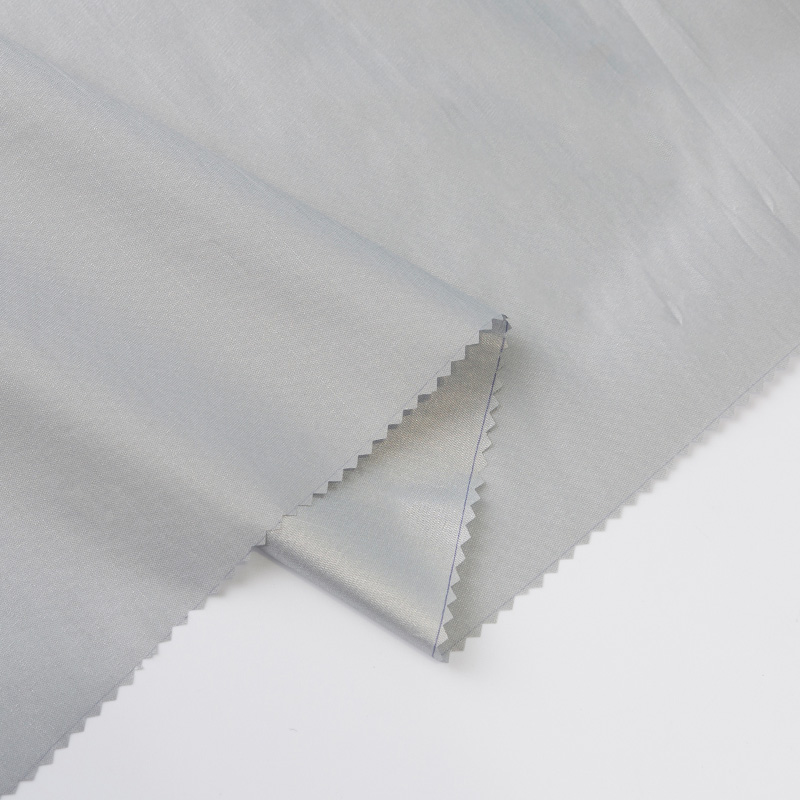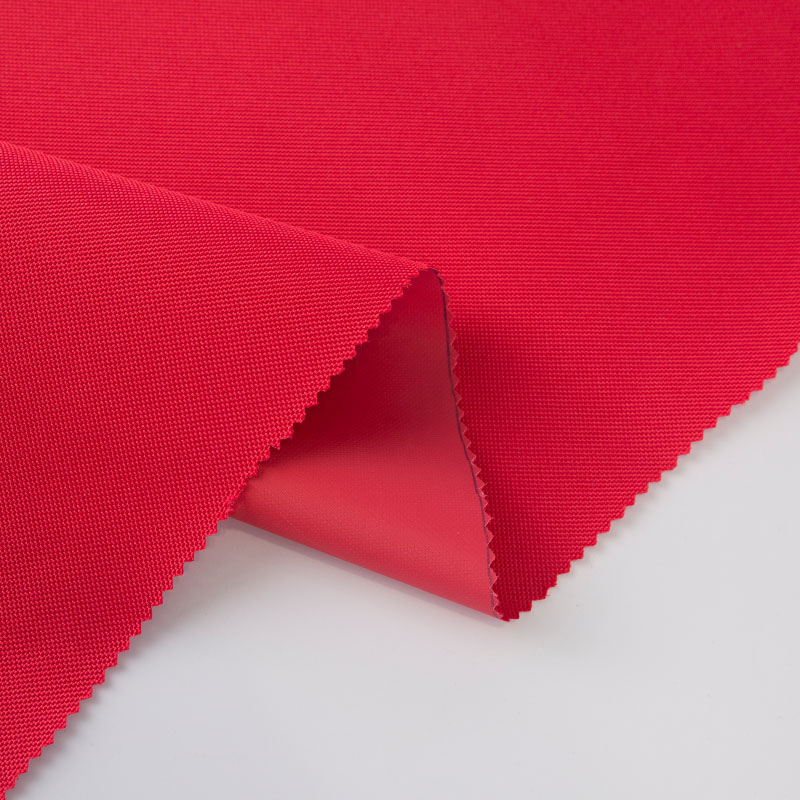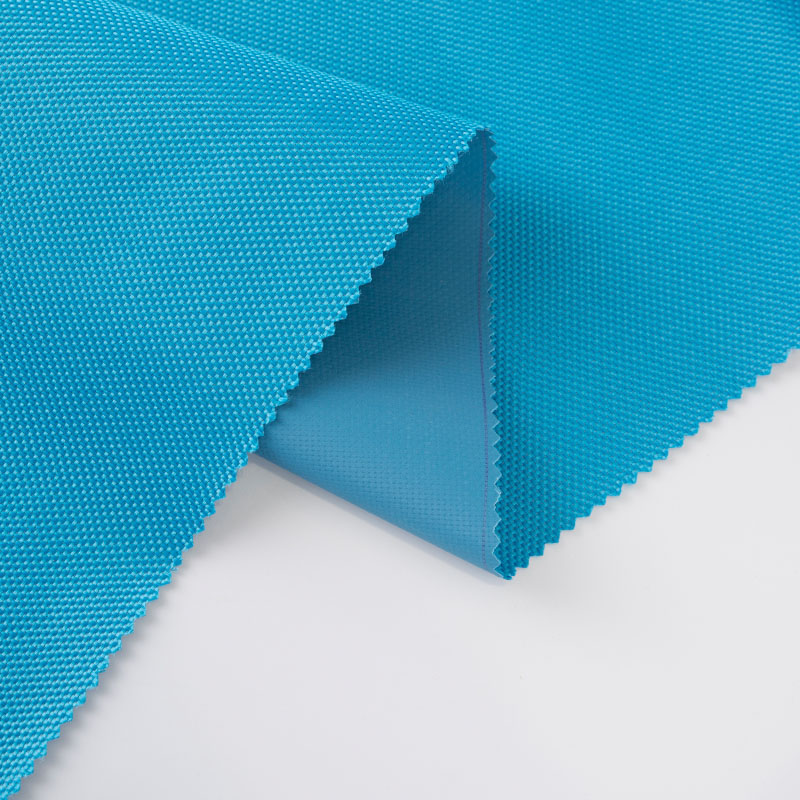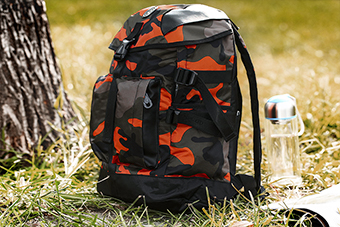We are a national high-tech enterprise. At present, there are many kinds of self-woven and cooperatively processed fabrics, including microfiber warp-knitted towel cloth, weft-knitted towel cloth, coral fleece, etc.
There are several popular printing techniques for Printed luggage fabric, each with its own advantages and applications. The choice of technique depends on factors like the type of fabric, design complexity, durability requirements, and budget. Here are some common printing techniques for luggage fabric:
Screen Printing: Screen printing is a versatile and widely used technique. It involves creating a stencil or screen with the desired design and then applying ink through the screen onto the fabric. It's suitable for simple and complex designs and can be used on various fabric types. However, it may not be as cost-effective for small quantities.
Heat Transfer Printing: Heat transfer printing involves transferring a design from a special paper onto the fabric using heat and pressure. It's great for full-color and highly detailed designs, but it may not be as durable as some other methods, especially on high-wear areas of luggage.
Digital Printing: Digital printing uses inkjet technology to directly apply the design onto the fabric. It's excellent for intricate and colorful designs and offers high-resolution printing. However, it may not be as durable as other methods, particularly for heavy-duty luggage.
Sublimation Printing: Sublimation printing is a specialized heat transfer process where the ink turns into a gas and bonds with polyester fibers. It's ideal for polyester-based luggage fabric and provides vibrant, long-lasting prints. However, it's limited to white or light-colored fabrics.
Embroidery: Embroidery involves stitching the design onto the fabric using specialized embroidery machines. It's a durable and classy option, often used for logos and monograms on luggage. However, it may not be suitable for very intricate or multicolor designs.
UV Printing: UV printing uses ultraviolet light to cure inks on the fabric's surface. It's suitable for various fabric types and offers a durable print with vibrant colors. UV printing is often used for branding and labeling on luggage.
Foil Stamping: Foil stamping involves applying a metallic or colored foil onto the fabric using heat and pressure. It adds a shiny, reflective element to the design and is often used for branding or decorative accents on luggage.
Laser Etching: Laser etching uses a laser beam to create precise and permanent designs on the fabric. It's ideal for leather and synthetic leather luggage, creating intricate patterns or monograms.
Dye Sublimation Transfer: This technique is similar to sublimation printing but involves printing the design on transfer paper first and then transferring it onto the fabric using heat and pressure. It's suitable for a wide range of fabrics and provides durable and vibrant prints.
The choice of printing technique depends on the specific requirements of the luggage and the desired design. It's essential to consider factors such as fabric type, design complexity, durability, and cost when selecting the most suitable printing method for luggage.

 English
English 中文简体
中文简体